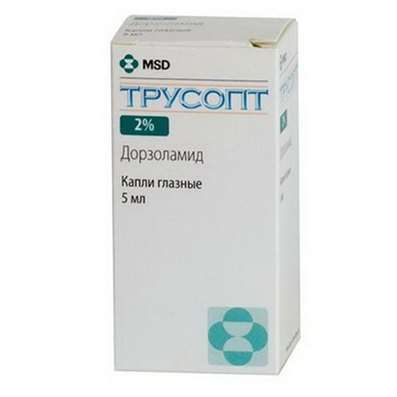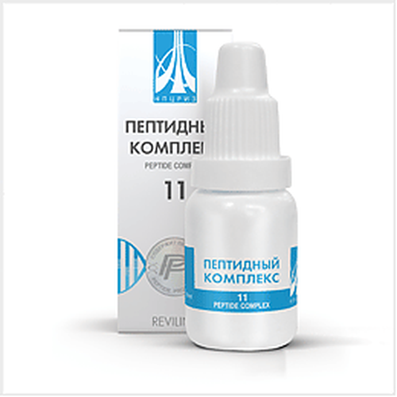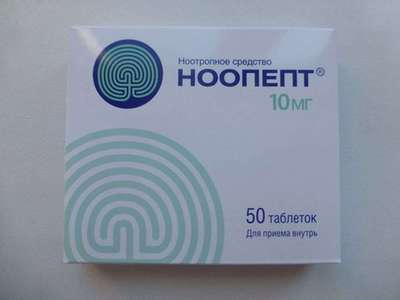Histamine and Anandamide
09 Dec 2016
Physiologist Dr. Doping tells about histamine neurons, cannabinoid receptors and synthesis of anandamide.
Histamine is a substance which is more commonly known as tissue hormone but at the same time it is a neurotransmitter in the central nervous system and it is important and interesting. Histamine was once opened in decaying proteins. It is a degradation product (it can be said chemical transformation) of one amino acid from the food. This amino acid is called histidine. From histidine special enzyme cleaves the carbon dioxide, and it turns out histamine. By the way, this way the conversion of amino acids is quite typical. That is, there are a number of mediators that are obtained by splitting off carbon dioxide from amino acids. This is called decarboxylation. For example, serotonin from tryptophan obtained from tyrosine - dopamine and norepinephrine, and from histidine - histamine. This histamine when it comes to its features of tissue hormone is contained in those cells that are responsive to the penetration of foreign molecules. This histamine is responsible for a fast immune response, with the rapid development of inflammation in a situation where the body suddenly climbed microbes, viruses or when you inadvertently poked the needle knife or hurt yourself. At the time when our body began to penetrate any foreign molecules - whether bacteria or allergens - cells containing histamine to react to it and begin to throw the substance into the extracellular medium.
To improve immune system buy Ladasten, Semax, Metaprot, Lucetam and Bonomarlot.
The main group of cells called "mast cells." Accordingly, the total histamine triggers inflammation, vasodilatation, edema - we all know it is primarily for allergic reactions, when something is not inhaled and now flowed from the nose or bronchi zaspazmirovalis or body itches. In order to remove these symptoms at some point they were invented, discovered antihistamines, which, as we now realize, are antagonists of histamine receptors. If we look at our bodies, we distinguish three types of histamine receptors, they are called H1, H2, H3. Histamine - H. During inflammatory reaction responsible histamine receptors of the first type, and also quite a lot in the brain. Histamine receptors of the second type are more related to the gastrointestinal tract: they are responsible for the secretion of gastric juice, and it is a separate function of histamine. Finally, H3-receptors - they are H1, found in the brain. Before the brain, we'll get, but first let us agree about inflammation.
It turns out that if we want to remove the inflammatory effects, we must block the histamine receptors. In the middle of the XX century were invented and discovered drugs such as diphenhydramine, suprastin that are very helpful in allergy and inflammation of any excessive variations. And then suddenly it turned out that these medications serious neurotrophic effects simultaneously with its anti-inflammatory action, they also hamper the work of the brain, so much so that even at that time there were attempts to create on the basis of the same suprastin something like hypnotic substances. Why is the impact on the brain, later became apparent when in different brain structures began to open receptors H1 and the H3, and then found out that the synapses and nerve cells, which have been operating for histamine as a mediator.
It was found that histamine neurons in general rather small. They are located in an area called mamillary body - it is a small area at the bottom of the back of the hypothalamus. Externally, these mamillary body visible as such paired projections, and there are the histamine neurons, and their axons diverge quite widely throughout the brain. In fact, they are one component system sleep and wakefulness. And histamine in the brain works as a mild stimulating neurotransmitter that is one of the components of such a system of maintaining a sufficiently high level of wakefulness. And it turns out that if we use an antagonist of histamine, in order to block the inflammation, we at the same time slow down the brain, and this is not good. Therefore, the further development and evolution of pharmaceutical preparations histamine were changes in the direction of their molecules, they are inferior to pass the blood-brain barrier. And the modern antihistamines, in theory, the brain almost did not have to act - ideally should absolutely not. They must remain after taking the pill on the periphery, to remove swelling somewhere in the nasal cavity or into the bronchi and not get to the brain.
In addition, pharmacists have had such a great idea - to turn to the main side effect. If histamine activates the brain, and its antagonists retarding the nervous system, then let's do such antagonists of histamine receptors, which are very good to pass the blood-brain barrier, almost no effect on peripheral inflammation could, but worked as already some anti-anxiety drugs. And this paradoxical idea was realized. First, any molecules that are used as drugs against motion sickness. Accordingly, if you are somewhere cradles, such as on the bus, and if you sailed on a cruise, the drugs do not interfere. And then on the basis of these drugs were created substances which are already functioning as tranquilizers and positioned, apply now as a soothing connection. In this case, they are sold on prescription, and the doctor should prescribe this drug. Histamine-anxiety drugs are very important addition to the usual soothing therapy, which uses mainly GABA agonists. And the study of the properties of antihistamines, in fact, is just beginning.
Anandamide is a neurotransmitter that has been opened relatively recently, in 1992. This material long sought because its receptors have been discovered a few years earlier, but agonists of these receptors are known to mankind since time immemorial, because it is the toxins that are a part of many plants, particularly cannabis. The effects of cannabis, marijuana go through the so-called cannabinoid receptors, and natural mediator of these cannabinoid receptors is just anandamide. Even the cannabinoids were discovered not so long ago - in the early 1960s as part of marijuana, hashish, although the impact of these compounds on the human brain is very well known and marketed as a sedative, recreational: the removal of the stress, mood elevation, mild euphoria. Of course, those involved in the brain, was interested in what is happening specifically in the synapses under the influence of cannabis and what are the receptors for this. When anandamide was discovered, they were all surprised by what his chemical structure because the majority of our mediators - is either amino acids or amino acid derivatives, rather small molecules.
Anandamide is a fatty acid derivative, and this is its unusual chemical uniqueness. The fatty acid is a component of the membranes of all our cells. It is known that cell membrane - is such a lipid bilayer film, and, accordingly, there are various fatty acids. One is called the arachidonic acid. From it and synthesized anandamide. It can act on specific receptors, and when we start to look for these receptors and see how with respect to these receptors localized anandamide, again we see a very unique situation: in the case of anandamide signaling goes from the axon to the next cell that is not from presynaptic to postsynaptic level, but on the contrary, from the postsynaptic target cell to the axon that releases a key mediator. Indeed, anandamide and the cannabinoid receptor system - it is a unique way to tell which is the target cell axon like it to operate, affect its operations. This important feedback that allows you to configure the synapse to perform a specific task by some optimal way.
Thus, there is anandamide in the postsynaptic cell cytoplasm. Then, due to its fat-like properties, it easily passes through the postsynaptic membrane, enters the synaptic cleft and acts on cannabinoid receptors that are found on the membrane of the axon. And then it turns out that the effects of cannabinoid receptors in the main brake, that is, their activation causes a decrease in calcium intake, increasing potassium entrance and generally retarding the secretion of neurotransmitters. If we begin to look at where these receptors are localized, we find them in the brain and internal organs, especially in the cells associated with the immune system. But it is different receptor types. In the brain, are the first type of cannabinoid receptors - CB1, while the immune system cells - the second type of cannabinoid receptors. But here and there the effect of the brake. If we talk about synapses, this reduction in allocation of different neurotransmitters.
The first type of cannabinoid receptors are spread thinly throughout the brain. They are in the spinal cord, so they are capable of handling different functions. Hence the plural action of cannabinoids. They affect the activities of the different components of our body and psyche. Most axons on cannabinoid receptors that produce GABA. There is a braking control. If we use the agonist anandamide or if a person smokes marijuana, the effects are a lot of disinhibition effects. Boosts brain function. A typical effect is the increase in food motivation. A person who is under the influence of marijuana, eating 3-5 times more than the average person.
Reported a small rise of mood and physical activity becomes less, with the exception of voice. There talkativeness, which is the effect of marijuana consumption. If you enter it long and hard or too often consume cannabis, the effect becomes stronger. According to the synaptic mechanism formed habituation and dependence. One of the unpleasant effects - memory impairment. Formation of drug abuse leads to a drop of vital motivation. The person who receives the positive emotions of the drug ceases to actively interact with the outside world.
Because cannabinoid receptors linked cannabis, these receptors are often perceived as an element of the drug system. But in fact it is the most important unit of the brain, which is able to control many synapses. Therefore, for cannabinoid agonists and antagonists of a great future for both drugs that are able to control your appetite, mood, and overall level of excitation of nerve cells. If use of cannabinoid receptor agonists can inhibit the activity of neurons. These agonists are promising group of anti-epileptic drugs. The same can be said of Alzheimer's disease because of the disease characterized by excessive activity of many cortical cells. If we have cannabinoid receptor agonists that reduce NMDA-receptors to glutamate job, you get an effective medication. But it should be so modified that it does not affect the center of positive emotions, but had no narcotic effect. In addition, there is a development of analgesics based on the activity of cannabinoid receptors, and it's all very promising.

 Cart
Cart





